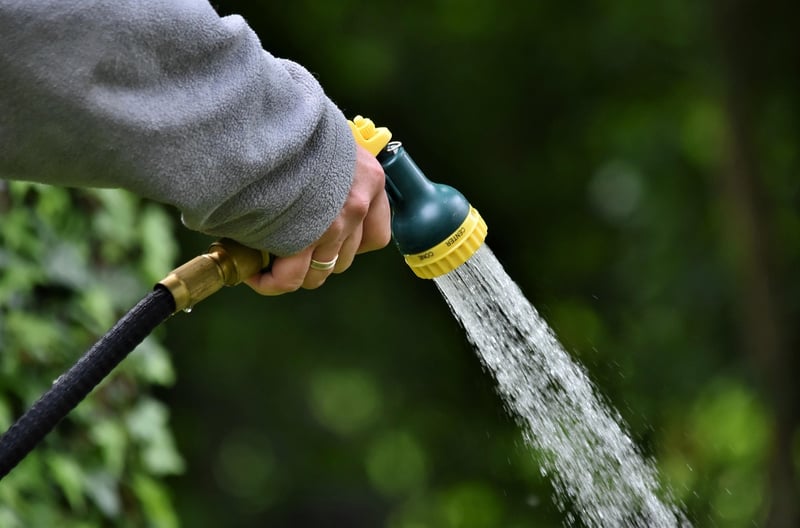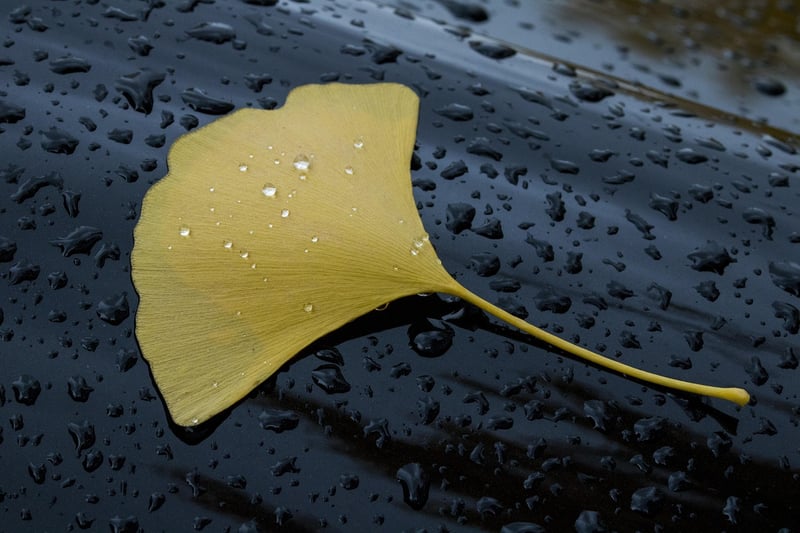Rainwater Harvesting
Craft Sustainable Garden Solutions with Rainwater Harvesting

Creating a sustainable garden is not only beneficial for the environment but also a rewarding endeavor for any gardener. One key aspect of sustainable gardening is rainwater harvesting, a practice that helps conserve water and reduce reliance on traditional water sources. By implementing rainwater harvesting techniques, you can craft a garden that thrives while minimizing your ecological footprint.
Why Rainwater Harvesting?
Rainwater is a free and abundant resource that can be used to irrigate your garden, reducing the need for treated municipal water. Additionally, rainwater is naturally soft and devoid of the chemicals found in tap water, making it beneficial for plants.
Methods of Rainwater Harvesting
There are various methods to harvest rainwater, ranging from simple to more complex systems:
- Installing rain barrels to collect water from downspouts
- Setting up a rain garden to capture and absorb rainwater naturally
- Constructing a larger cistern for storing significant amounts of rainwater
Benefits of Rainwater Harvesting
Embracing rainwater harvesting in your garden offers several advantages:
- Reduces water bills by utilizing free rainwater
- Decreases demand on local water supplies
- Enhances soil quality with chemical-free water
- Promotes sustainable gardening practices
Getting Started with Rainwater Harvesting
To begin incorporating rainwater harvesting into your garden, consider the following steps:
- Assess your garden's water needs and potential rainwater sources
- Choose a suitable rainwater harvesting method based on your space and requirements
- Install necessary equipment such as rain barrels, gutters, and filters
- Maintain and monitor your rainwater harvesting system regularly
By integrating rainwater harvesting into your gardening routine, you can play a part in conserving water resources and creating a more sustainable garden for future generations to enjoy.
Remember, every drop counts!
